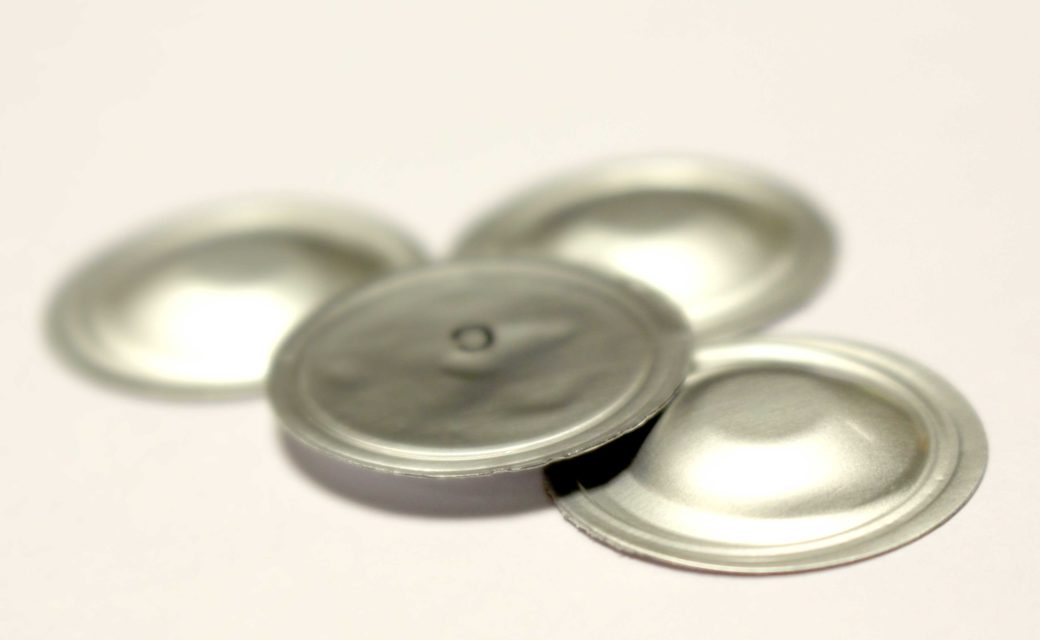As a company who designs many plastic products, we are acutely aware of the environmental impact these have on our planet. We have always tried to minimise this through good design so products can be easily recycled. The issue around recycling coffee cups has been highlighted a lot in the mainstream media recently. One company […]

At Gm Design Development, we work with businesses across Berkshire, designing and engineering their new products. We use 3D CAD extensively including packages such as PTC Creo. Our design studio is based just inside the M25, Junction 10, so conveniently located for businesses along the M3 and M4 corridor. We regularly attend business networking events […]
An interesting article in Wired magazine showing how the camera on a mobile phone can be used to detect cancer DNA sequences via probes labelled with a fluorescent compound. This opens up the possibility of using phones within a dedicated reader for in-the-field molecular diagnostics. As phones are becoming more trusted, we should be able to use them […]
The GmDD team has recently developed several diagnostic platforms that use lateral flow and microfluidic cartridges for blood analysis. For the microfluidic based devices, moving extremely precise quantities of liquid within the cartridge is crucial in obtaining consistent and accurate readings. The exact quantity of fluid must also be stored safely to avoid contamination. Burst […]
Hygiene and cross contamination are a growing concern in all types of environments, from hospitals, through to work environments and even the domestic home. Establishing ways to reduce the likelihood of infections from E.Coli, MRSA and black mould is becoming easier in the injection moulding process thanks largely to many of the silver-based antimicrobial additives. […]
Five 3D-printing medical opportunities…
There are some very interesting medical applications for 3D printing and it shows the process is very much a viable manufacturing process and not just a method to create prototypes. This interesting article highlights five areas: Prosthetics – much lower cost and bespoke to the individual Equipment and devices – cutting cost. single use avoiding […]
3D printing implant parts with custom geometry
An interesting article about 3D printing a silicone guide embedded with protein to enable nerve regeneration. Gm Design Development, having already been involved in developing orthopaedic devices with Baxter in the past involving Inductigraft granuals (Silicate Substituted Calcium Phosphate), a bone graft substitute, it is only a matter of time before the patient is scanned and […]
At Gm Design Development, we work with businesses across Hampshire to design and engineer their new products. We use 3D CAD extensively, using packages such as PTC Creo to develop their technically challenging products for manufacture. Our design studio is only a 10-minute drive up the A3 from Junction 10 inside the M25. easily accessed […]
Wearable devices increasingly popular:
The increased use of wearable devices such as fitness devices now means that there should be widespread acceptance of wearable medical/ healthcare devices that monitor and upload data to clinicians, without resistance from patients. It has been normalised as more and more of us use wearables as well as phone apps for a variety of functions. At Gm […]
Topas has introduced two new grades of its Cyclic olefin copolymer (COC) Topas 5013L-10 for the optical, diagnostic and microfluidic markets. They offer internal mould release which enables easy processing. The hear resistance (95 degrees C) and its purity make it ideal for DNA analysis and PCR. At Gm Design Development, we have experience designing […]
